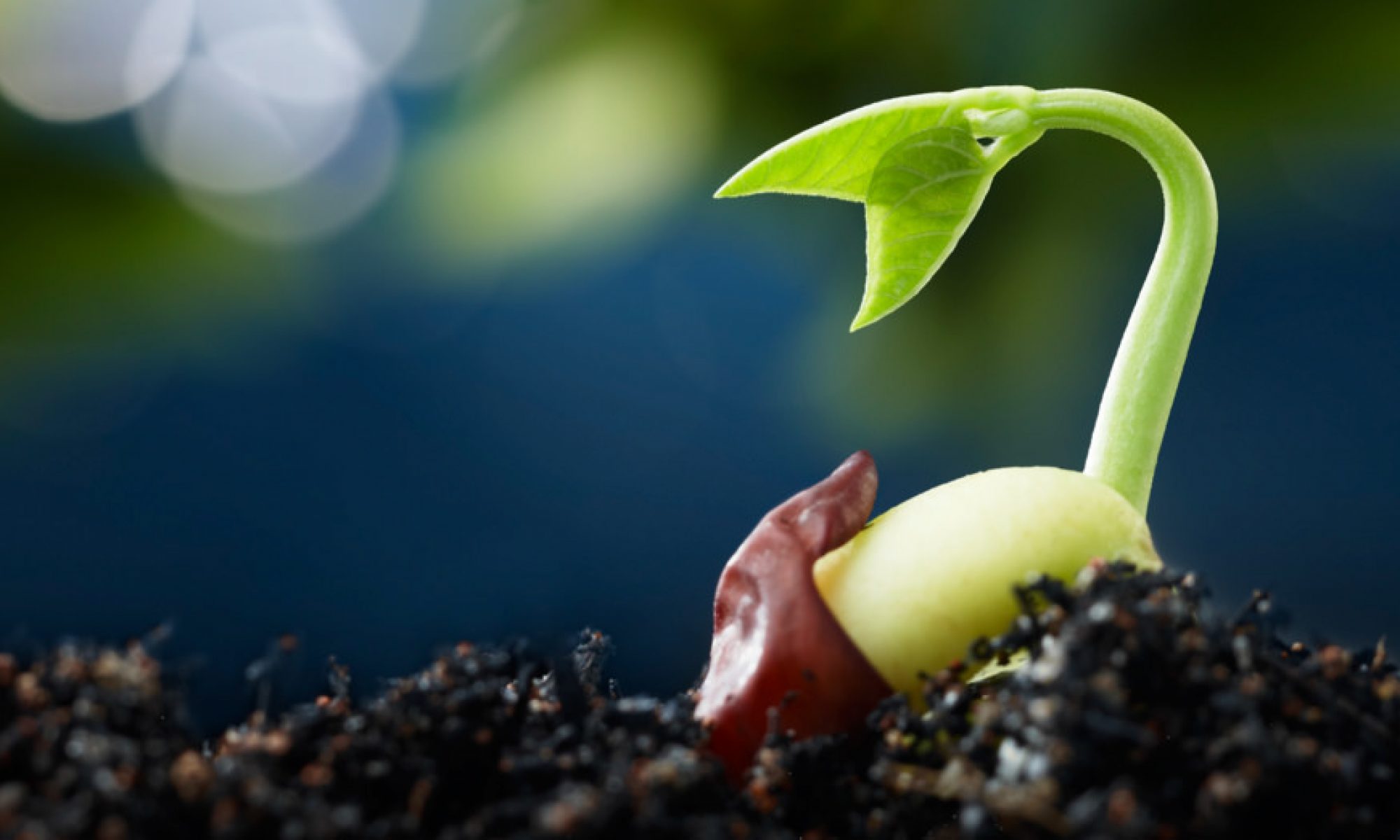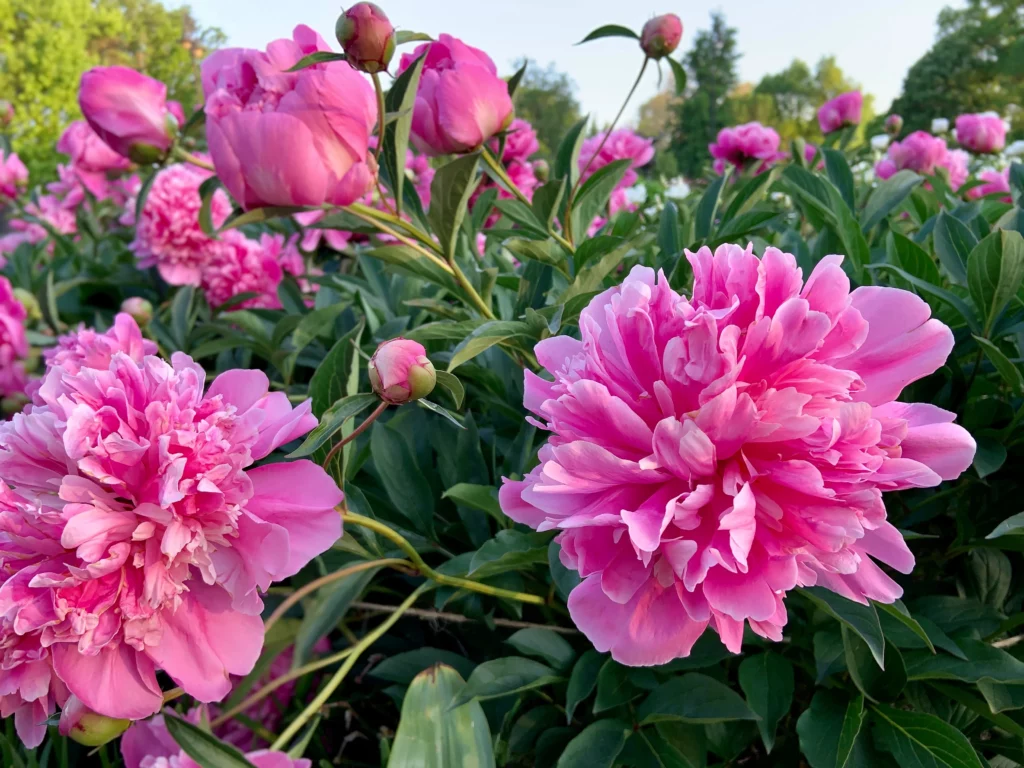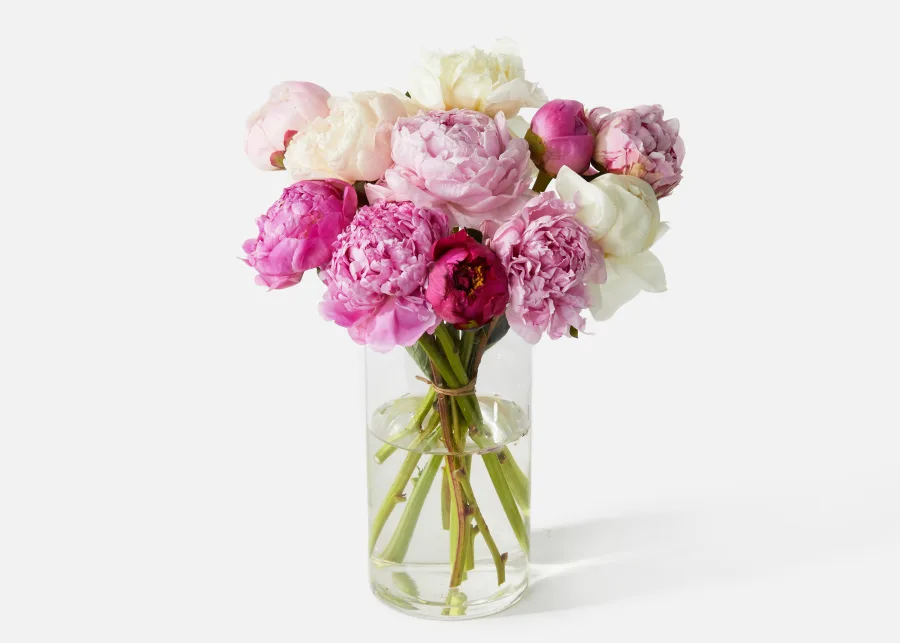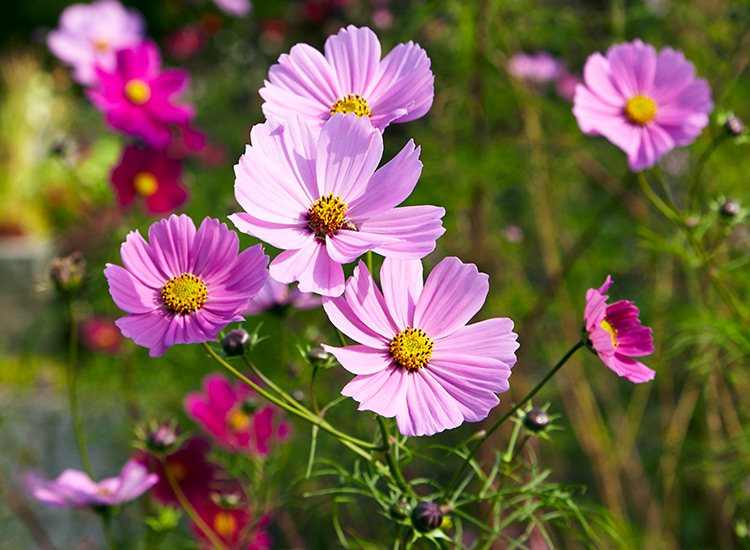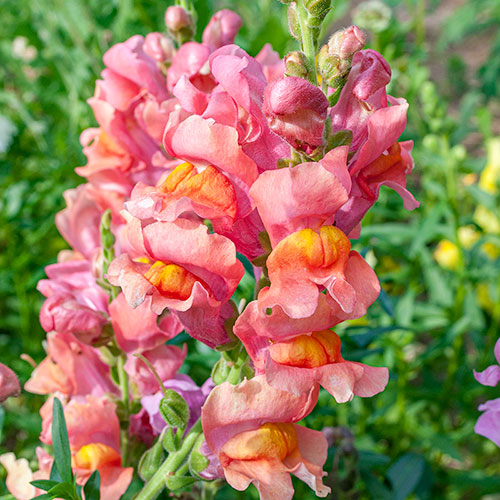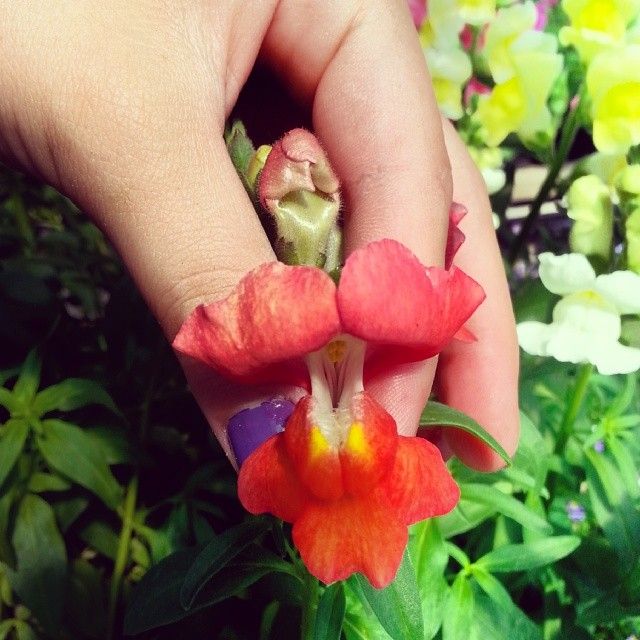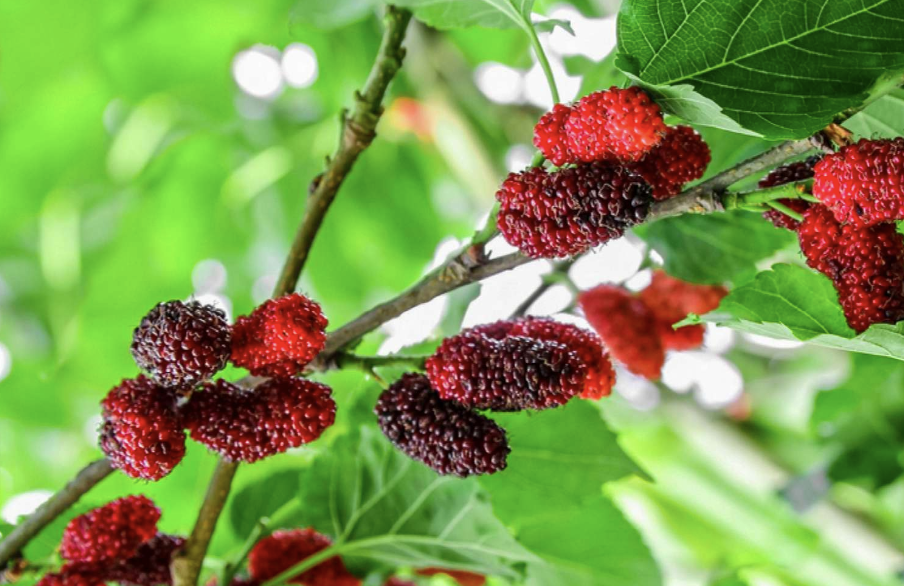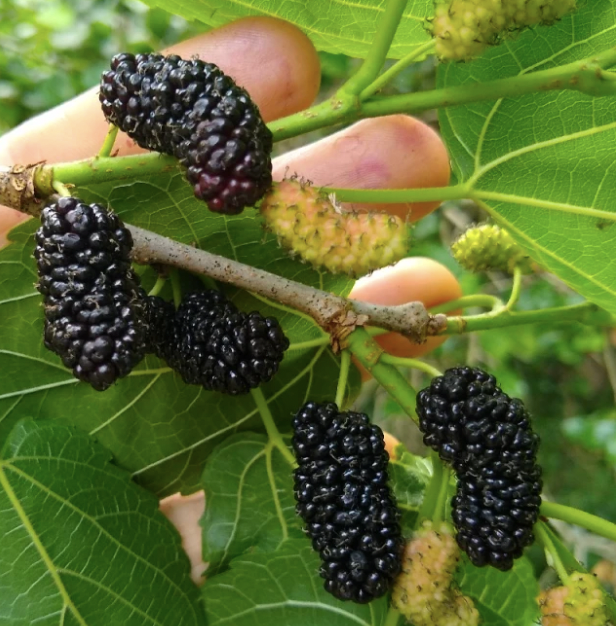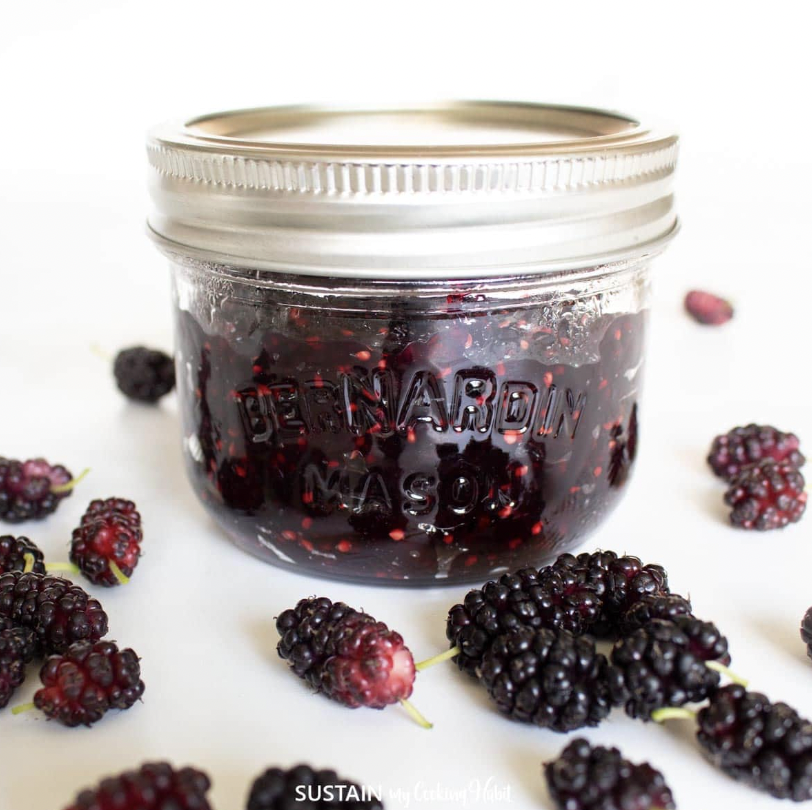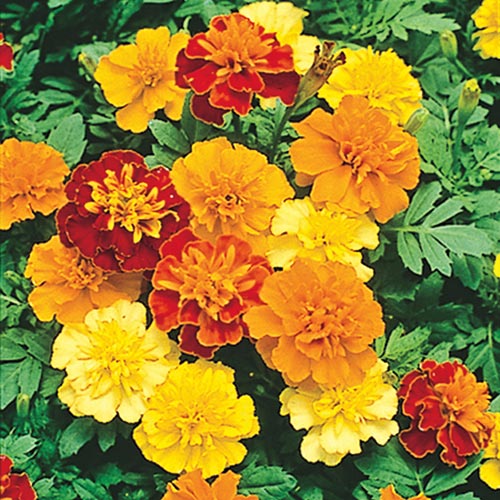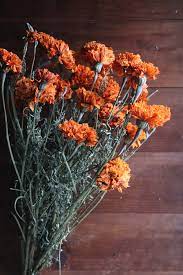By: Hannah Goodwin
Social media can be a scary place for children and families. Because of this, many parents are now recognizing the risks that come with fame from TikTok.
“Sharenting” is a term that was created to describe parents who regularly share their children on social media platforms. Sharenting is a term that can be seen as a negative thing in today’s world. Children today are “born into” social media and do not get to choose what parts of their lives are shared with the world.
Another thing to consider before posting your child on social media is “digital kid-napping”. This is when people on the internet take photos of children that parents have posted. This allows for a person to take the pictures and give the child a new name and identity online. The child then becomes a whole new person and personality because they were posed on the internet, innocently, by their parent. This can clearly lead to many issues as the child grows up and if they are not aware of this online form of “kid-napping”.
Viral mother daughter duo, Laura and Lena, are a prime example of this in today’s world. Their account started out as a silly little place where mom, Laura, could share the funny daily things that Lena would say. These videos were short and sweet, but people on the internet fell in love with this little girl who could put a smile on anyone’s face.

Laura and Lena’s platform began to explode from a video on mothers day in 2021. This video showed little Lena or “Wena”, as she would refer to herself, giving mom a bunch of flowers as a morning surprise. From then on out, they continued to share their life stories and expose their daughter to the internet regularly.
After about two full years of creating content with her daughter and new son, Sam, Laura made the tough decision to take her children off the platform all together. In March of 2023 they posted a goodbye video to share how thankful they were for the amazing community that they were able to create.
Here is a video of Laura explaining their exit in more detail:
Laura and Lena are just one example of removing children from social media. Mada Graviet is another mom who used to regularly post her son, Rez, online.

As Rez has gotten older he is now able to express his feelings. Mada has spoken publicly about how if he is asking not to be recorded, then she will not take videos of him. As a mom, listening and respecting children should be your first priority. These children did not sign up for the viral sensations that they have become and the parents are slowly coming to this realization.
Not only are some children asking to not be recorded, but there are other issues that should be considered when it comes to safety. The internet can be a scary place, especially for children.
Posting young kids online for the world to see brings up both moral and ethical issues. The world we live in has a lot of bad things going on. Posting where your child goes everyday, what activities they are involved in, and so many other personal aspects of a child’s life can lead to dangerous outcomes.
Wren Eleanor is an example of this. Wren Eleanor is a three year old girl who was posted on TikTok by her parents. Suddenly, on videos where she is eating a hot dog or wearing certain clothes there are hundreds of “saves”. “Saving” means that you can easily go back and watch this video as many times as you want. This sparked concern for her mother and she had to make the tough choice to remove her from the platform. Ethically and morally, her mom made a choice that was in her daughters best interest. Not what was best for fame or publicity. What once started out as an innocent place for her mom to share videos with family, sadly turned out to be a place that is dangerous for her daughter.
You never know who is watching or what that person’s ultimate goal is from watching young children online. Many people, like myself, love watching these families for entertainment and a good laugh. Sadly, many people watch for the wrong reasons.
I applaud all the families who are taking time away from TikTok to prioritize their children in safe ways.
